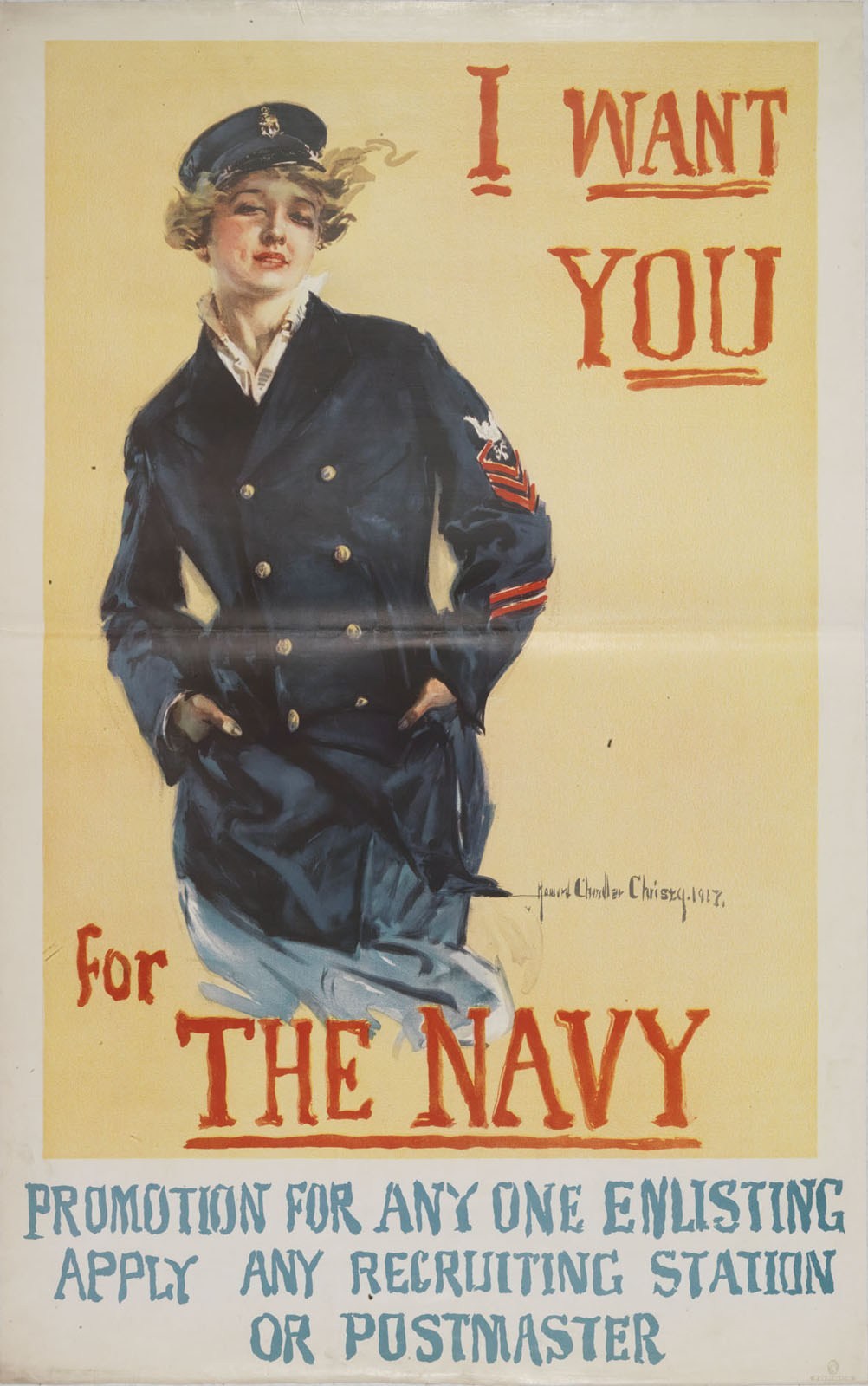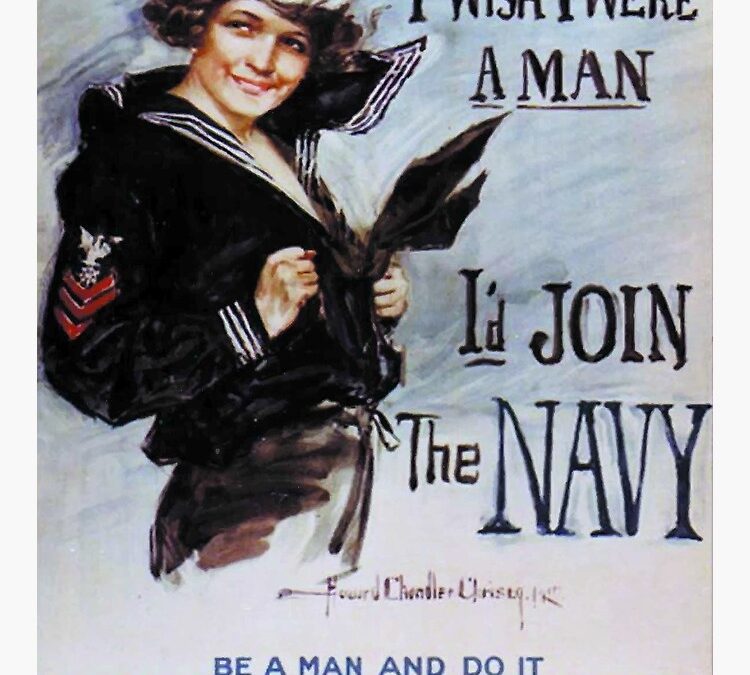
World War I was the first war in which mass media and propaganda played a significant role in keeping the people at home informed about what was occurring on the battlefields. This was also the first war in which the government systematically produced propaganda as a way to target the public and alter their opinion.
External propaganda to other countries was an integral part of the diplomatic history of World War I and was designed to build support for the cause or to undermine support for the enemy.
Finally, Propaganda in World War I worked on a variety of ideological underpinnings such as atrocity propaganda, propaganda dedicated to nationalism and patriotism, and propaganda focused on women.
In 1917 Wilson created the Committee on Public Information which was made up by the Secretaries of State, the Army, and the Navy. The committee would report directly to President Wilson and was essentially a massive generator of propaganda. The Committee on Public Information was responsible for producing films, commissioning posters, publishing numerous books and pamphlets, purchasing advertisements in major newspapers, and recruiting businessmen, preachers and professors to serve as public speakers in charge of altering public opinion at the communal level. The committee, headed by former investigative journalist George Creel, emphasized the message that America’s involvement in the war was entirely necessary for achieving the salvation of Europe from the German and enemy forces. In his book titled How we Advertised America, Creel states that the committee was called into existence to make World War I a fight that would be a “verdict for mankind.” He called the committee a voice that was created to plead the justice of America’s cause before the jury of public opinion. Creel also refers to the committee as a “vast enterprise in salesmanship” and “the world’s greatest adventure in advertising.” The committee’s message resonated deep within every American community and also served as an organization responsible for carrying the full message of American ideals to every corner of the civilized globe. Creel and his committee utilized every possible mode to get their message across, including; printed word, spoken word, the motion picture, the telegraph, the poster and the signboard. All forms of communication were put to use in order to justify the causes that compelled America to take arms.


Creel set out to systematically reach every person in the United States multiple times with patriotic information about how the individual could contribute to the war effort. The CPI also worked with the post office to censor seditious counter-propaganda. Creel set up divisions in his new agency to produce and distribute innumerable copies of pamphlets, newspaper releases, magazine advertisements, films, school campaigns, and the speeches of the Four Minute Men. The CPI created colourful posters that appeared in every store window, catching the attention of the passersby for a few seconds.[8] Movie theatres were widely attended, and the CPI trained thousands of volunteer speakers to make patriotic appeals during the four-minute breaks needed to change reels. They also spoke at churches, lodges, fraternal organizations, labour unions, and even logging camps. Creel boasted that in 18 months his 75,000 volunteers delivered over 7.5 million four-minute orations to over 300 million listeners, in a nation of 103 million people. The speakers attended training sessions through local universities and were given pamphlets and speaking tips on a wide variety of topics, such as buying Liberty Bonds, registering for the draft, rationing food, recruiting unskilled workers for munitions jobs, and supporting Red Cross programs. Historians were assigned to write pamphlets and in-depth histories of the causes of the European war.


Recent Comments